AI/ML Workloads
Applications based on machine learning and deep learning, using structured and unstructured data as the fuel to drive these applications.
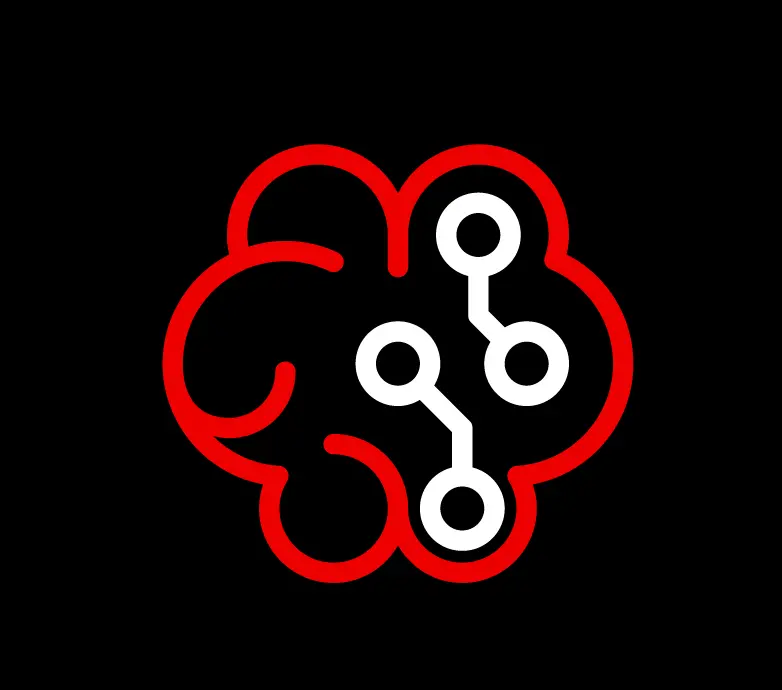
Applications based on machine learning and deep learning, using structured and unstructured data as the fuel to drive these applications.

Workloads, in general, can be classified as task-oriented processes and applications that extract a finite amount of computing resources and time to complete the task in order to produce an outcome. AI workloads are no different, but describe applications and processes that are based on the core underlying AI techniques of machine learning and deep learning where data and information drive these processes. AI workloads fall into two main categories: training and inference.
Model training: Large amounts of data are fed into machine learning models and letting them learn to identify patterns and make predictions.
Model inference: Brand-new data are fed into trained machine learning models that draw conclusions without examples of the desired result.
AI workloads are identified by their complexity and the type of data processed. AI workloads deal with unstructured data like images, generic text, and other non-tagged and structured data. This is where machine learning and deep learning algorithms play a critical role in analyzing unstructured data.
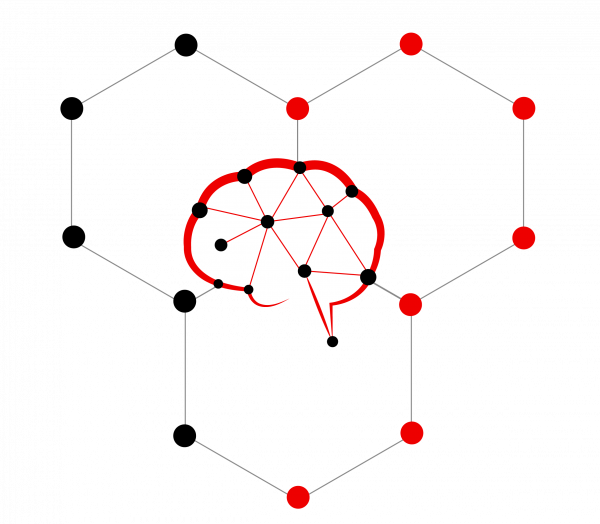
AI workloads drive innovation in products and services, produce insight into AI model outcomes, and allow the AI development process to operate with efficiency. AI workloads are computational tasks powered by machine learning and trained on vast datasets which offer key advantages:
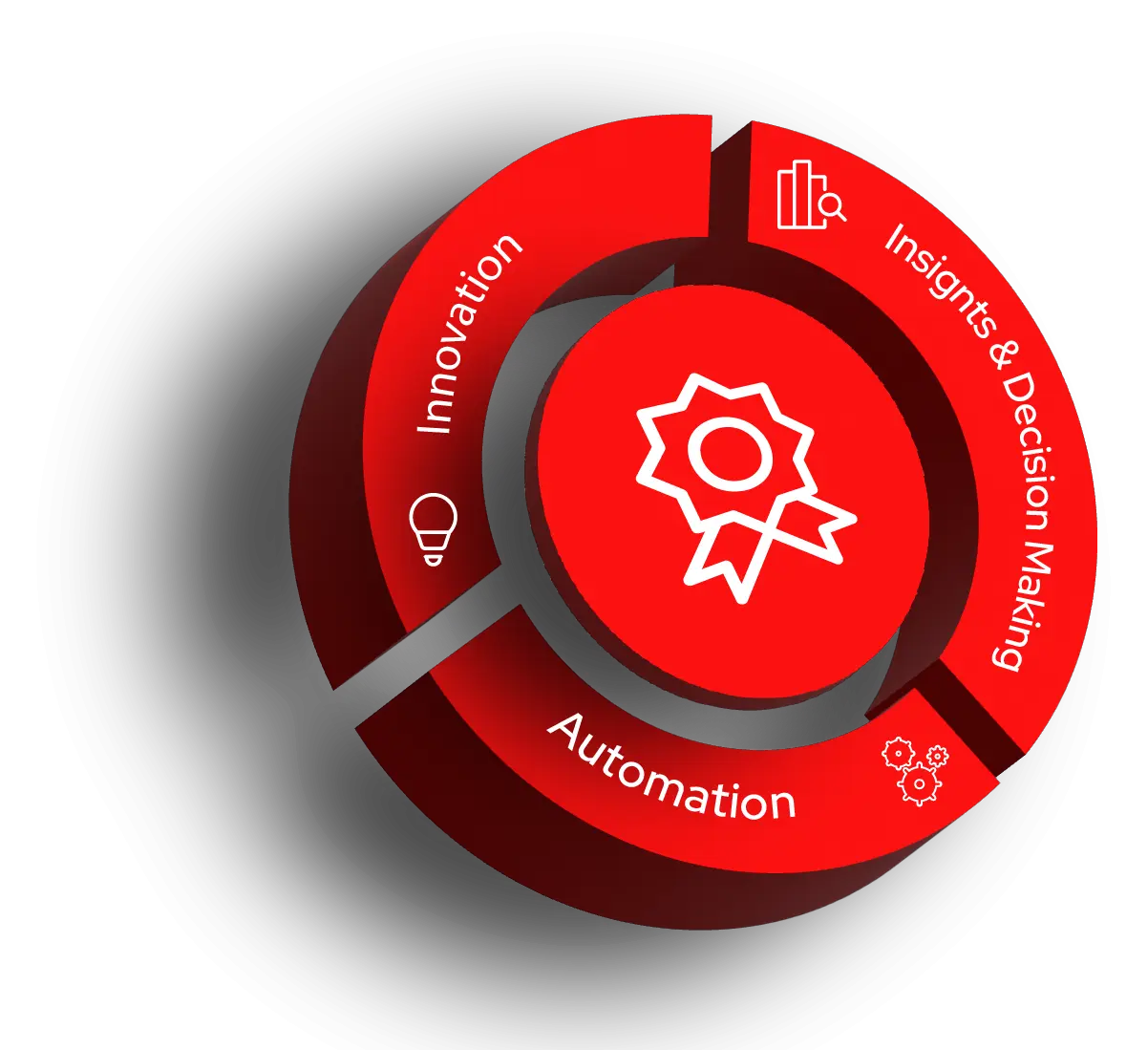

AUTOMATION: AI workloads help offload repetitive, time-consuming tasks to AI, opening up human talent for other needs.

INSIGHT & DECISION-MAKING: AI workloads enable the analysis of vast amounts of data, uncovering potential outcomes and hidden patterns that can lead to better choices in healthcare, business, and scientific research.

INNOVATION: AI workloads propel AI services and products in areas once thought to be out of reach, like prescriptive and personalized medicine, autonomous vehicles, and environmental modeling.
AI workloads need to adapt to the demands of data, infrastructure, security, performance, and scalability requirements in order to train large language models (LLMs) and multiple clusters using thousands of GPUs transferring large datasets. Underlying AI platforms including operating systems, application and container orchestration systems, and IT automation systems need to be optimized to meet the requirements of AI workloads, enabling high-performance AI application deployment.

Developers and architects have demanding AI workload requirements, where critical platforms need to be optimized, including operating systems, IT orchestration systems, and IT automation systems so as to maximize application deployment across the hybrid cloud.

Red Hat Enterprise Linux, Red Hat OpenShift, and Red Hat Ansible Automation Platform are designed to meet changing technical workload requirements including GPU acceleration, AI/ML libraries, and frameworks – allowing users to deploy AI successfully across the hybrid cloud.

Red Hat Enterprise Linux (RHEL) is a secure, composable and compliant enterprise-grade OS with a consistent administration experience across platforms. RHEL offers support for core AI/ML libraries, hardware, and accelerators.

Red Hat’s container orchestration platform, Red Hat OpenShift, extends DevOps to the entire ML lifecycle in a consistent way across datacenters, public cloud, and edge.

Red Hat Ansible Automation platform automates AI/ML application deployments, installations, upgrades, and day-to-day management in a repeatable and reliable fashion.
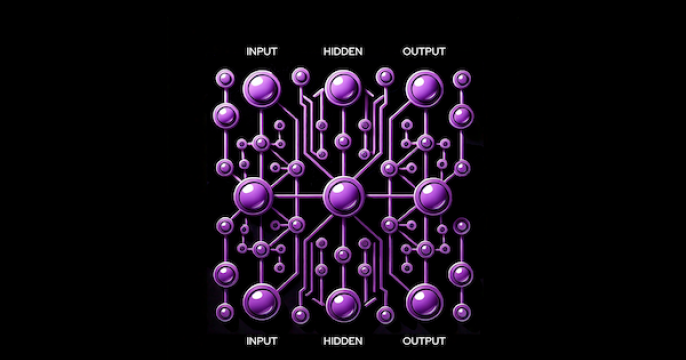
Discover a new combinatorial approach to decoding AI’s hidden logic,...

Discover how to fine-tune large language models (LLMs) with Kubeflow...
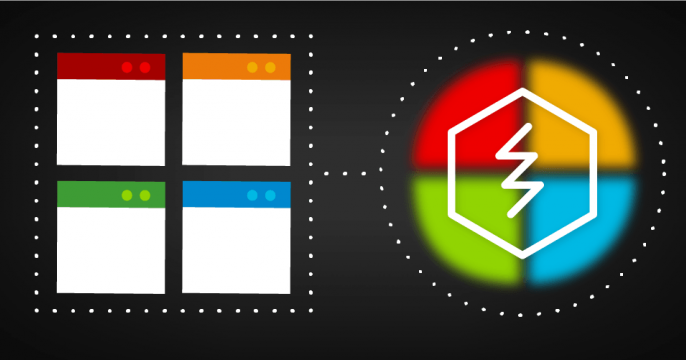
The technology preview of incident detection is now available in the Red Hat...

Explore how Red Hat Developer Hub and OpenShift AI work together with...